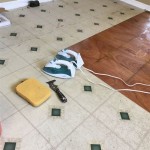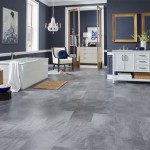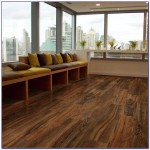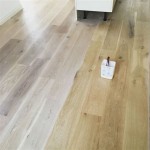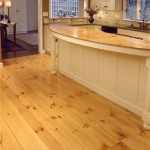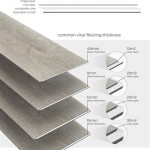Wood Flooring Stairs Nosing: A Guide for Architects
Introduction:
Wood flooring stairs nosing is an essential aspect of staircase design that serves both functional and aesthetic purposes. Nosing refers to the projecting edge of a stair tread that extends over the riser, providing a secure and comfortable transition. As architects, understanding the nuances of stair nosing is crucial for creating safe, durable, and visually appealing staircases.
Functionality of Stair Nosing:
The primary function of stair nosing is to enhance safety. It provides a clear visual delineation of each step, reducing the risk of tripping and falling. By preventing the foot from slipping over the edge of the tread, nosing helps ensure a confident and stable descent or ascent.
Types of Wood Nosing:
Wood species play a significant role in the durability and aesthetics of stair nosing. Common choices include oak, maple, walnut, and cherry. Each species offers unique characteristics in terms of hardness, color, and grain pattern.
There are two main types of wood nosing:
- Bullnose: A rounded or curved nosing profile that provides a smooth transition and a decorative touch.
- Squarenose: A straight-edged nosing profile that offers a clean and contemporary look.
Nosing Overhang:
The overhang of the nosing extends beyond the riser. The appropriate overhang depends on the staircase design and the thickness of the tread. A larger overhang provides improved visibility and safety, while a smaller overhang creates a more subtle and refined look.
Code Requirements:
Building codes often specify minimum requirements for stair nosing, including overhang, height, and nosing material. Architects must adhere to these regulations to ensure compliance and the safety of users.
Aesthetics of Stair Nosing:
Besides functionality, stair nosing contributes to the overall aesthetics of the staircase. The wood species, finish, and profile can be chosen to complement the architectural style and interior décor.
Maintenance and Care:
Proper maintenance is essential to preserve the appearance and longevity of wood flooring stairs nosing. Regular cleaning and occasional refinishing help protect the wood from damage and maintain its original beauty.
Conclusion:
Wood flooring stairs nosing is an integral component of staircase design, combining functionality, safety, and aesthetics. By understanding the various aspects of stair nosing, architects can create staircases that enhance the safety, durability, and visual appeal of any building.

Solid Wood Stair Nosing The Essential Before You Buy Guide

Wood Stair Nosing Types Benefits Uses And Installation

Ultimate Guide To Stair Nosing Types Materials Shapes More

Ultimate Guide To Stair Nosing Types Materials Shapes More

Solid Wood Stair Nosings Flooring Accessories Tarkett

Ultimate Guide To Stair Nosing Types Materials Shapes More

What Is The Distinction Between Anti Slip Stair Nosing And A Tread Cover

Choosing The Best Stair Nosing N Standards Cag

What Are Stair Nosings Selby Contract Flooring

Matching Your Stairs To Custom Hardwood Floors Carlisle Wide Plank
See Also
